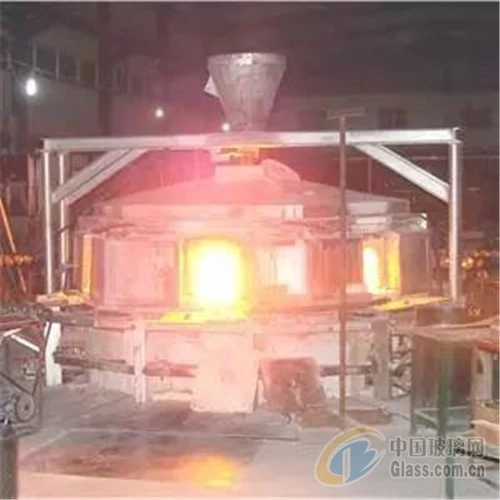|
The common refractory materials for glass melting furnaces are mainly divided into four types: fused cast refractory materials, sintered refractories, unshaped refractories and insulating refractories. Each type of material includes several varieties. The technical requirements for chemical composition, physical properties, dimensional deviation and appearance quality of refractory materials shall comply with national standards or industry standards, and shall be adopted with newly revised versions, otherwise they may not be shipped. 1. Melt-casting refractory material: The fused cast refractory material has excellent resistance to glass liquid erosion and alkali vapor resistance, and is a building material for key parts of the glass melting furnace. Commonly used varieties are Al2O3-ZrO2-SiO2 system containing ZrO2 33%, 36%, 41% zirconium corundum brick and Al2O3 system α-β alumina brick and β alumina brick. The melting process has two kinds of oxidation method and reduction method, and the reduction method has been gradually eliminated in China. Casting methods include ordinary casting (PT), oblique casting (QX), quasi-non-shrinkage casting (ZWS), and non-shrinkage casting (WS). In addition to the general physical and chemical properties, such bricks are resistant to glass erosion, bubble precipitation rate and glass phase bleed temperature, which are important performance indicators. The fused cast refractory material shall meet the technical requirements stipulated in the current standards of JC 493 and JC 494. 2. Sintered refractory material: Sintered refractory material is an important supporting refractory material used in glass melting furnaces. Commonly used are silica brick, alkaline brick, zircon brick, zirconium mullite brick, mullite brick, sillimanite brick, high alumina brick, clay brick and so on. Sintered refractory materials shall comply with the current standards such as YB/T 5014, JC/T 616, JC 497, YB/T 5011, GB/T 2988, YB/T 5108, YB/T 5106, JC/T 638, JC 495, etc. Technology needs. 3. Unshaped refractory materials: The amount of unshaped refractory materials currently accounts for only 3% to 4% of the refractory content of the furnace, but it is very important for the furnace kiln age. Generally, the amorphous refractory material should be the same material as the shaped refractory material (such as fused cast refractory material and sintered refractory material). Therefore, the commonly used varieties are equivalent to their corresponding shaped refractory components. The amorphous refractory material shall meet the technical requirements stipulated in the current standards such as GB/T 2984, GB/T 14982, YB/T 384, YB/T 5009, YB/T 5083, JC 498. 4. Insulation refractory material: Insulation refractory material requires small bulk density, low thermal conductivity, good thermal insulation effect, high refractoriness and mechanical strength, and does not react with the refractory material in contact. Commonly used insulating refractories are heat-insulating bricks, heat-insulating panels and heat-insulating (lightweight) castables, heat-insulating coatings and refractory fibers.

|